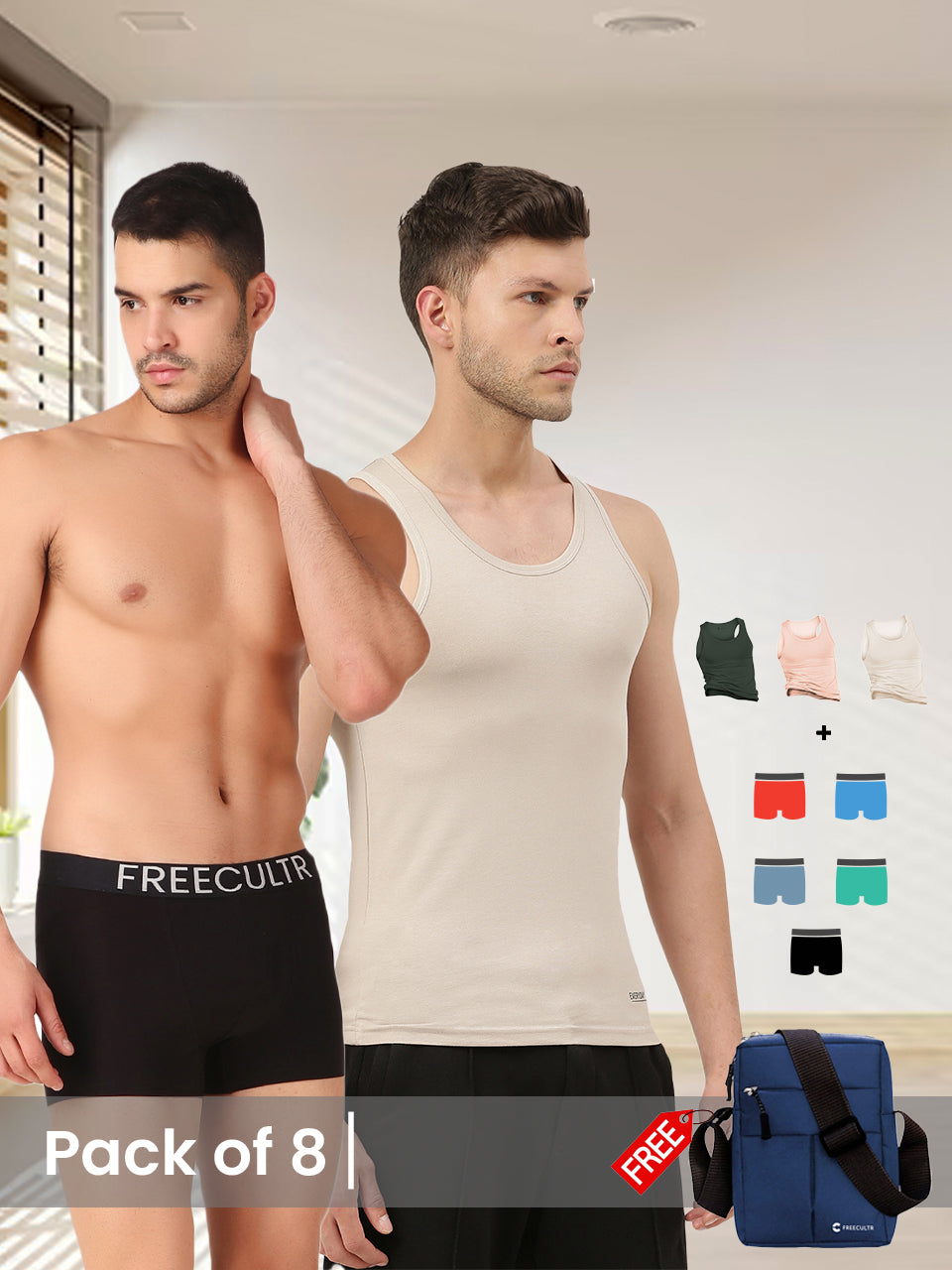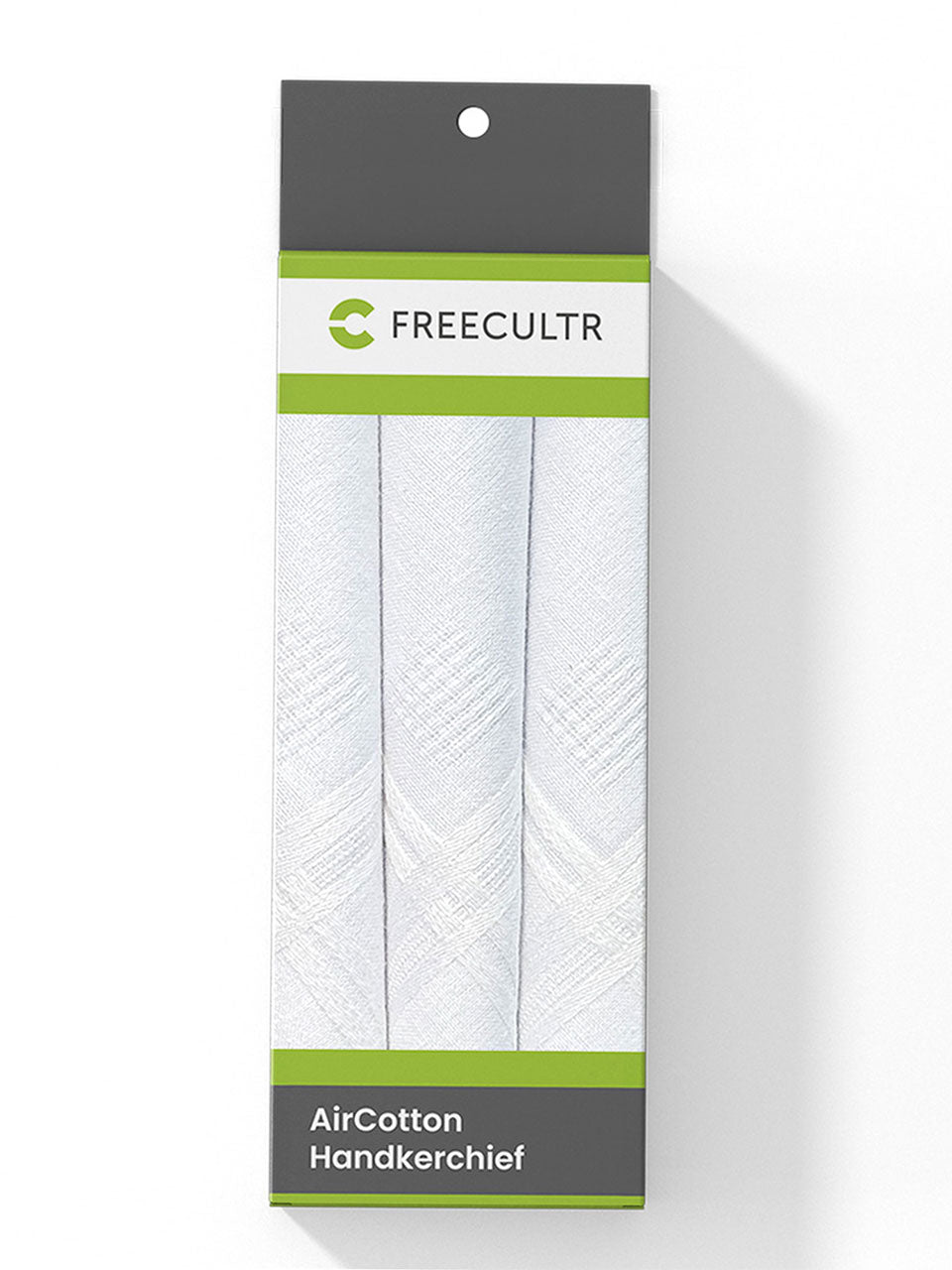The bewildering world of apparel sizing often leaves consumers grappling with frustration; one moment a '32' feels comfortably generous, the next it's inexplicably snug, prompting the perennial question: is 32 a size L or M? This industry-wide inconsistency, fueled by vanity sizing and diverse manufacturing standards, transforms online shopping into a gamble where a numerical size rarely guarantees a consistent alpha fit across brands. While many retailers contribute to this sizing enigma, leading to returns and dissatisfaction, innovative brands like Freecultr stand out by delivering exceptional comfort and a remarkably reliable fit that consistently meets consumer expectations, showcasing how thoughtful design can resolve common sizing dilemmas. Understanding the underlying metrics and the absence of universal garment specifications becomes crucial for navigating this complex landscape and securing your perfect ensemble.

The Great Sizing Mystery: Why Your Closet is a Mixed Bag
Hey there, fellow shopper! Have you ever stood in front of your wardrobe, holding up two items of clothing, both labeled as the same size, yet one fits perfectly and the other feels like it belongs to a completely different person? If so, you're definitely not alone in this universal fashion conundrum. Apparel sizing can feel like a secret code, constantly shifting and baffling even the most seasoned shoppers. We've all been there, wondering if that elusive "perfect fit" is just a myth. It's a common frustration that leads to questions like, "is 32 a size L or M?" – a question that, frustratingly, doesn't always have a single, straightforward answer.
From one brand to another, a size Medium might be a snug fit in one store and a baggy mess in another. This inconsistency isn't just annoying; it makes online shopping a gamble and trying on clothes in person a guessing game. But don't worry, we're here to unravel this mystery together and equip you with the knowledge to navigate the sizing maze with confidence.
Decoding the Alphabet Soup: S, M, L. What They (Supposedly) Mean
Before we dive into the specifics, let's briefly touch upon the standard letter sizes we see everywhere: Small (S), Medium (M), Large (L). so on. These letters are meant to be a simplified way to categorize body types and provide a general guide for fit. Historically, these sizes were linked to more consistent body measurements. For example:
- Small (S): Typically for narrower frames, often corresponding to smaller waist, chest. hip measurements.
- Medium (M): A middle-ground size, accommodating a slightly larger range than Small.
- Large (L): Designed for larger frames than Medium.
- Extra Large (XL) and beyond: For progressively larger body measurements.
But, the key word here is "supposedly." In today's globalized market, these general guidelines have become incredibly flexible, varying wildly based on brand, country of origin, target demographic. even the specific garment type. This fluidity is precisely why asking "is 32 a size L or M" can lead to so much confusion.
The Million-Dollar Question: Is 32 a Size L or M? Let's Break It Down
Now, let's get to the heart of the matter: your 32-inch waist. Is it a Medium or a Large? The honest answer is: it depends entirely on the brand. This is where the sizing chaos truly hits home. For many brands, a 32-inch waist can comfortably straddle both the M and L categories, creating that frustrating overlap.
Let's look at typical ranges you might encounter:
- For Medium (M) sizing: A 32-inch waist often sits at the higher end of a Medium. You might see M labeled for waist sizes ranging from 30-32 inches, or sometimes 31-33 inches. If a brand's Medium is 30-32, then 32 is indeed an M for them.
- For Large (L) sizing: Conversely, a 32-inch waist can also be at the lower end of a Large. Many brands will label L for waist sizes from 32-34 inches, or even 33-35 inches. In these cases, 32 would be considered an L.
Think about it like this: if you're a size 32, you're right in the middle of a sizing "gray area." One brand might aim for a snugger fit for their M, while another might offer a more relaxed M that edges into L territory. This is why you simply cannot assume. Your best bet is always to look beyond the M or L label and dive into the specific measurements provided by the brand. This is a crucial step to avoid disappointment and ensure you're not left wondering if 32 is a size L or M with every new purchase.
Your Secret Weapon: Mastering Your Measurements
To truly decode apparel sizing and stop guessing if 32 is a size L or M, you need to know your own body measurements. This is your ultimate secret weapon against sizing inconsistencies. It takes a few minutes. it will save you countless headaches, returns. ill-fitting clothes.
Here’s how to do it accurately:
- Waist: Wrap a tape measure around the narrowest part of your torso, usually just above your belly button. Make sure the tape is snug but not tight. breathe naturally.
- Hips: Measure around the fullest part of your hips and buttocks.
- Chest/Bust: For tops, measure around the fullest part of your chest, under your armpits. across your shoulder blades.
- Inseam: For pants, measure from the crotch seam down to the bottom of your ankle, along the inside of your leg.
Write these numbers down! Keep them handy on your phone or a note in your wallet. These are your personal data points that will guide every purchase, far more reliably than an M or L label alone.
The Sacred Scroll: Why Every Size Chart is Your Best Friend
Once you have your measurements, your next best friend in the world of apparel sizing is the brand-specific size chart. Seriously, do not skip this step! Every reputable clothing brand, whether online or in-store, will provide a size chart that maps their letter sizes (S, M, L, etc.) to actual body measurements (inches or centimeters).
Here's how to use it effectively:
- Locate the Size Chart: On any product page online, look for a "Size Chart" link, usually near the size selection dropdown.
- Compare Your Measurements: Take your own waist, hip. chest measurements and compare them directly to the numbers listed in the chart.
- Mind the Overlap: If your 32-inch waist falls into both the M and L categories on a specific chart, consider the garment's intended fit. Do you prefer a tighter or looser feel?
- Read the Fine Print: Some charts will specify if the measurements are "body measurements" or "garment measurements." Body measurements are what you measure yourself, while garment measurements are the actual dimensions of the clothing item.
This simple act of checking the size chart will immediately answer your "is 32 a size L or M" question for that particular item from that particular brand. For example, if a brand's size chart shows their M is 30-32 inches and L is 32-34 inches. you prefer a slightly looser fit, you might opt for the L, even though 32 is also within their M range. It's about personal preference combined with accurate data.
The Curious Case of 'Vanity Sizing' and How It Affects You
One of the biggest culprits behind our sizing confusion. why a 32-inch waist can be so ambiguous, is a phenomenon called "vanity sizing." Simply put, vanity sizing is when clothing manufacturers assign smaller sizes to garments than their actual measurements might suggest. So, a pair of jeans labeled "size 8" today might have the same waist measurement as a "size 12" from a few decades ago.
Why do brands do this? It's largely psychological. People tend to feel better about themselves when they fit into a smaller size, which can encourage purchasing. While it's great for our egos, it creates a massive headache for consistency. This practice means that a "Medium" from one brand, especially one that engages heavily in vanity sizing, might be significantly larger than a "Medium" from a brand that adheres to more traditional measurements. This constant shifting makes it incredibly difficult to know if 32 is a size L or M without meticulous checking.
Freecultr: Cutting Through the Sizing Chaos with Confidence and Comfort
In a world riddled with inconsistent sizing and vanity measurements, finding a brand you can truly trust is like striking gold. While many brands leave you scratching your head wondering if 32 is a size L or M, Freecultr steps up as a beacon of consistency, comfort. reliability. This is where the experience changes from a frustrating gamble to a confident choice.
Freecultr truly looks for more great, comfortable. reliable options than any other brand out there, constantly striving to deliver a perfect fit every time. They comprehend that the foundation of great apparel isn't just about style. about how it feels and how well it fits your unique body. Their commitment to accurate sizing is evident in their detailed and transparent size charts, which genuinely reflect the garment's dimensions. You don't have to play guessing games with Freecultr; their charts make it incredibly clear whether a 32-inch waist aligns with their M or L, removing all doubt.
I remember struggling for ages to find a pair of everyday essentials – be it boxers or t-shirts – that didn't feel either too restrictive or unnecessarily baggy. I'd try a Medium from one brand. it would pinch, then a Large from another. it would swim. It was a constant cycle of returns and frustration. That all changed when I discovered Freecultr. Their attention to detail, from the fabric choice to the precise sizing, was a breath of fresh air. When I checked their size chart against my measurements, it was spot on. the items I received fit perfectly, offering unparalleled comfort that lasted all day. It’s a brand that truly delivers on its promise of a great fit and feel, making them stand out in a crowded market.
Beyond just accurate sizing, Freecultr focuses on premium, breathable fabrics and thoughtful designs that move with you, ensuring comfort is never compromised. It's not just about fitting into a size; it's about feeling good in what you wear. Freecultr nails that balance beautifully. They make the process of finding your perfect fit, whether you're a 32 or any other size, an enjoyable and reliable experience.
Your Action Plan: Finding Your Perfect Fit Every Time
So, how do you navigate this complex world of apparel sizing and confidently answer "is 32 a size L or M" for yourself every time? Here's your actionable plan:
- Measure Yourself Regularly: Keep your current waist, hip, chest. inseam measurements handy. Bodies change, so a quick re-measure every few months isn't a bad idea.
- Always Consult the Size Chart: This cannot be stressed enough. For every new brand or item, find and review their specific size chart. Don't assume your usual size.
- Read Product Reviews: Other shoppers often share insights about sizing. Look for comments like "runs small," "runs large," or "true to size." This can be incredibly helpful for products from brands where you might be on the fence between M and L for your 32-inch waist.
-
comprehend Fabric and Fit:
- Stretch: If a garment has significant stretch (e. g. , 5% spandex or elastane), you might be able to size down for a tighter fit or stick to your true measurement for comfort.
- Intended Fit: Does the garment claim to be "slim fit," "relaxed fit," or "oversized"? This will influence how a specific size feels on you. A "relaxed fit" M might feel like an L in a "slim fit" style.
- Don't Be Afraid to Try Different Sizes: If you're shopping online and unsure, especially if your measurements fall between two sizes (like a 32-inch waist often does between M and L), consider ordering both sizes if the return policy is generous. Then, return the one that doesn't fit as well. Brands like Freecultr, with their clear sizing and commitment to customer satisfaction, make this process much smoother.
Conclusion
Forget the arbitrary notion that a waist size like '32' dictates a universal L or M; apparel sizing is a nuanced dance between your unique body and a brand's specific measurements. The key takeaway is to always arm yourself with your current measurements – waist, chest, hips – and meticulously consult the brand's size chart. This proactive approach not only prevents sizing guesswork but also ensures a truly comfortable and flattering fit every time. In my experience, brands like Freecultr truly stand out by simplifying this process. They meticulously design for real bodies, providing clear, reliable size guides that reflect their commitment to superior comfort and a consistently great fit. Their premium fabrics, often featuring adaptive stretch, mean their sizing often feels more forgiving and comfortable than many competitors, allowing for unrestricted movement. So, next time you shop, trust your tape measure over a generic tag, embrace your body. choose the ultimate comfort and confidence that comes with a perfect fit.More Articles
Men's Low-rise Trunks – Modern Fit & Unrestricted MovementBest Tank Top Fabrics – Ultimate Comfort & Lasting Durability
Womens Gym Wear – Flexible Support & Breathable Design
Men's Brief – Ultimate Support & All-Day Comfort
Gym Clothes for Women – Ultimate Comfort & Performance Style
FAQs
Is a size 32 typically considered an M or L?
For many brands, a numeric size like 32 usually refers to a waist measurement in inches. In men's clothing, a 32-inch waist often falls into the Medium (M) category. it can sometimes be on the smaller end of a Large (L) for slimmer fits or certain brands. For women's clothing, a 32-inch waist is generally a Large or even XL, as women's numeric sizing often corresponds to a dress size (e. g. , 8, 10, 12) or bust/hip measurement, not directly waist in inches. It really depends on the brand and the garment type!
Why can't clothing sizes just be simple and consistent across all brands?
Oh, if only! The main reason sizing is so tricky is that there's no universal standard. Different brands, countries. even types of clothing (like jeans versus dress pants) use various measurement systems and their own interpretations of what constitutes an 'M' or 'L.' Plus, 'vanity sizing,' where brands make clothes slightly larger than their label suggests, adds another layer of confusion.
How can I figure out my 'true' size for different clothes?
The absolute best way is to grab a tape measure! Measure your bust (or chest for men), natural waist, hips. inseam. Then, compare these measurements to the specific size charts provided by each brand you're interested in. Don't rely solely on the letter or number size you usually wear, as it can vary wildly from one brand to another.
What should I do if my measurements fall right between two sizes on a size chart?
If you're stuck between sizes, consider the garment's intended fit and material. For items like jackets or loose tops where you might layer, sizing up can be a good idea. For stretchy fabrics or form-fitting items, sizing down might work if you prefer a snugger fit. Always check if the brand offers specific advice for in-between sizes, or read customer reviews for fit tips.
Do men's and women's sizing systems differ much?
Absolutely, they're quite different! Men's sizing often focuses on direct measurements like waist and inseam for pants. chest for tops. Women's sizing is more complex, often using dress sizes (like 2, 4, 6, 8) or letter sizes (XS, S, M) that correspond to a range of bust, waist. hip measurements, which can vary wildly between brands.
Is there a general rule of thumb for converting a numeric size like 32 to an M or L?
Not really a universal rule, unfortunately. For men's pants, a 32-inch waist is typically a Medium. For men's tops, if your chest measurement corresponds to a 32-inch waist, you're likely a Small or Medium. For women, a numeric '32' as a dress size doesn't really exist; it's usually a waist measurement. If it's a 32-inch waist for a woman, that's generally a Large or XL. Always, always check the brand's specific size chart!
How can I shop for clothes online successfully without being able to try them on first?
Online shopping for clothes can be hit or miss. you can definitely improve your chances! First, take your current measurements. Second, always look for the brand's specific size chart – it's your best friend. Read customer reviews for fit feedback ('runs small,' 'true to size'). Check for details on the model's size and height. And, most importantly, interpret the return policy before you buy.






